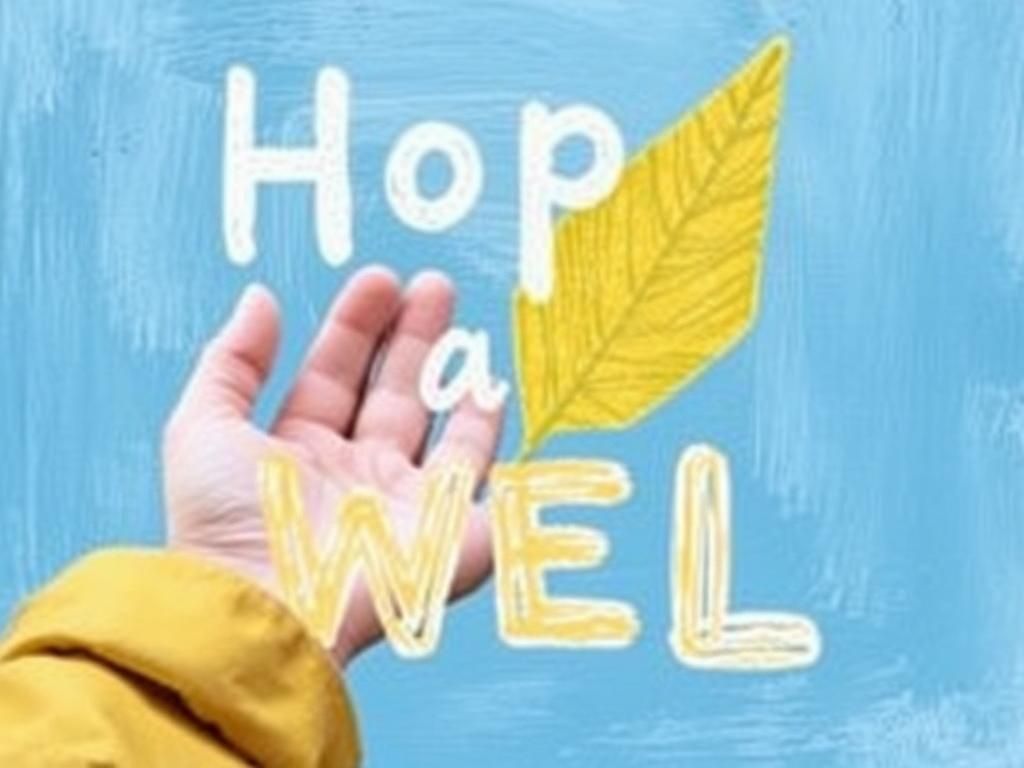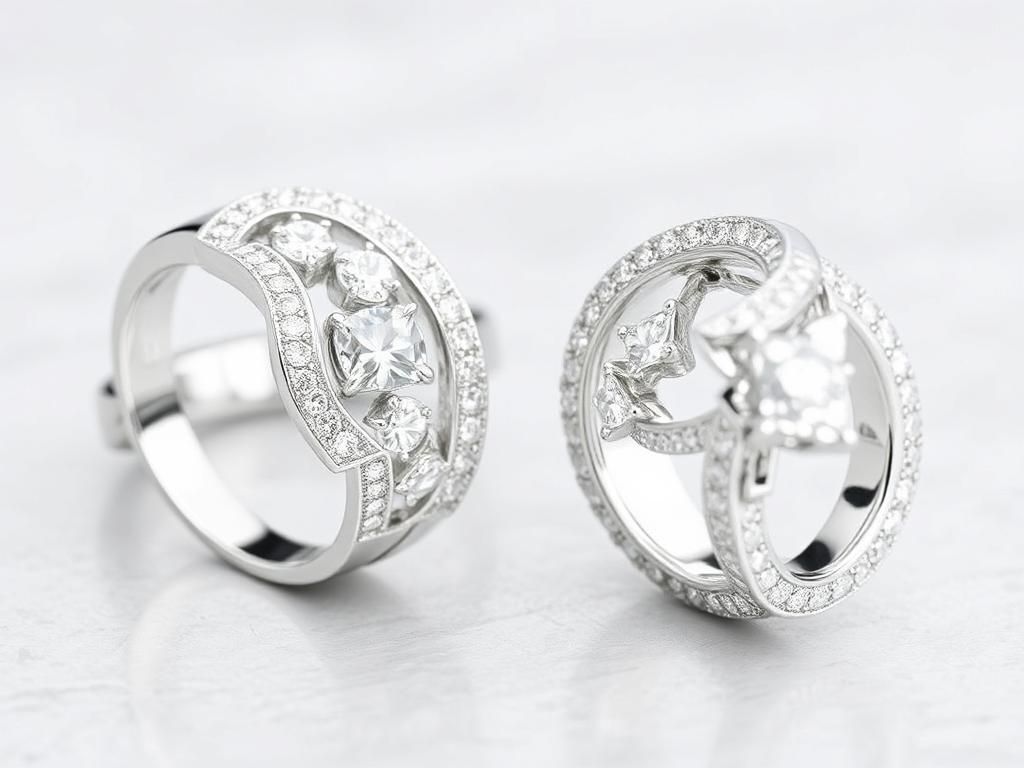The common phrase “hope all is well” resonates in various settings, from personal interactions to professional emails. It serves as a friendly opener, expressing concern or interest in someone’s well-being. Recognizing the contexts in which this phrase appears and understanding how to respond thoughtfully is crucial for fostering relationships—whether they be casual or formal. The significance of a well-crafted response lies in its potential to reflect your personality and professionalism, ultimately impacting how others perceive you.
Understanding the Context
Different Scenarios for the Phrase
The phrase “hope all is well” can pop up in several scenarios:
- Casual Conversations Among Friends: Often exchanged among close friends, this phrase carries a genuine intent to check in on each other’s lives.
- Professional Emails and Work-Related Correspondence: Used in the business world, it typically serves as a polite introduction before diving into more serious matters.
- Social Media Interactions: Common on platforms like Facebook and Instagram, this expression may be used for casual engagement.
- Networking Events: At formal functions, it can be used as an icebreaker or to maintain polite conversation.
Tone and Intent
Understanding the tone and intent behind the phrase is vital for crafting an appropriate response. Consider the following:
- Genuine Inquiry into Well-Being: Friends or family members often ask this to show that they care.
- Formal Politeness: In professional settings, it usually adheres to etiquette and maintains professionalism.
- Habitual Pleasantry: Sometimes, it may just be a common phrase people use without much thought.
General Guidelines for Responding
Assess the Relationship
Start by assessing your relationship with the person reaching out. The way you respond to a close friend will likely vary from how you would reply to a professional contact. Adjust your response based on the level of closeness you share.
Determine the Tone of Your Response
Adapting the tone of your response can enhance your communication:
- Casual Tone for Friends: Here, humor and informality can make your reply feel warm and inviting.
- Professional Tone for Work-Related Contacts: Maintain professionalism and clarity to convey respect.
- Respectful Tone for New Acquaintances: Opt for a neutral tone to help establish rapport.
Keep It Positive
No matter the context, maintaining a positive response is essential. A cheerful reply invites further conversation and leaves a good impression.
Crafting Your Response
Casual Responses
Here are some examples of casual replies to the phrase “hope all is well”:
- “Thanks! All is well, how about you?”
- “Things are great! How are you doing?”
Professional Responses
If you find yourself in a professional setting, consider these responses:
- “Thank you for checking in! Everything is going well on my end. How about you?”
- “I appreciate your message. I’m doing well, thank you.”
Tailoring Responses for Different Situations
Incorporating specific information into your response can create a more engaging conversation. Consider mentioning recent events or personal updates:
- “Thanks for asking! I just got back from a fantastic vacation!”
- “I’m doing well, just wrapped up a big project at work; how about you?”
Common Mistakes to Avoid
Being Too Informal in Professional Settings
Being overly casual in professional responses can lead to misunderstandings. Examples of overly casual phrases include:
- “Hey! All good here. What’s up?”
Such language can undermine your professionalism and may lead to a lack of respect from colleagues.
Ignoring the Question
Ignoring the initial inquiry undermines the essence of communication. Acknowledge the question to foster a better dialogue. For instance, simply saying “Hey!” without addressing “hope all is well” can come off as dismissive.
Over- or Under-sharing Personal Information
Finding the right balance in personal anecdotes is crucial. Sharing too much can make others uncomfortable, while saying too little may seem unengaging.
Example Scenarios and Responses
Responding to a Friend
Imagine a scenario where your friend messages you saying, “Hope all is well!” A crafted response could be:
“Hey! Things are great! I just finished that book you recommended. We need to catch up soon!”
Responding to a Colleague
If a colleague writes, “Hope all is well,” you might respond:
“Hi! Thank you! I’m good. Just completed the project, looking forward to our meeting next week!”
Responding to an Acquaintance
For a more distant acquaintance, you could say:
“Thanks! I’m doing well. How about you? Hope everything’s fine on your end!”
Table for Quick Reference
| Scenario | Type of Response | Example |
|---|---|---|
| Friends | Casual | “Thanks! All is well, how about you?” |
| Professional Contacts | Formal | “Thank you for your inquiry. All is going well.” |
| Acquaintances | Neutral | “I’m doing well, thank you! How are you?” |
FAQ Section
1. What does “hope all is well” mean?
It’s a friendly phrase often used to inquire about someone’s well-being.
2. How should I respond to “hope all is well” in a professional email?
Respond with a polite, professional tone such as, “Thank you! Everything is going well on my end.”
3. Is it appropriate to ignore the question?
No, ignoring the inquiry can come off as dismissive. Always acknowledge it.
4. Can I use humor in my response?
Yes, humor can be effective among friends but be cautious in professional contexts.
5. How detailed should my response be?
Keep it concise while ensuring it’s engaging, tailored to the relationship context.
6. What if things aren’t going well for me?
It’s okay to be honest while keeping it brief, like “I’ve had better days, but I’m managing.”
7. How do I keep my response positive?
Focus on the good aspects of your life or mention something optimistic.
8. Should I share personal information?
Only share personal info if appropriate and relevant to the conversation.
9. What if I’m responding to an acquaintance?
Keep it formal and brief, acknowledging the inquiry without too many personal details.
10. How often should I use this phrase?
Use it when genuinely interested or when planning to engage with someone.
This article encompasses essential insights on how to respond to hope all is well. Whether in a casual chat or a professional setting, having an array of responses ensures you maintain strong connections.


